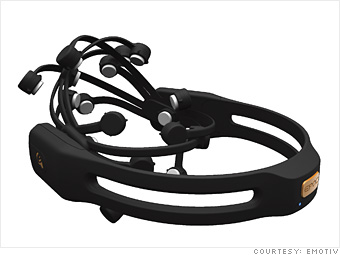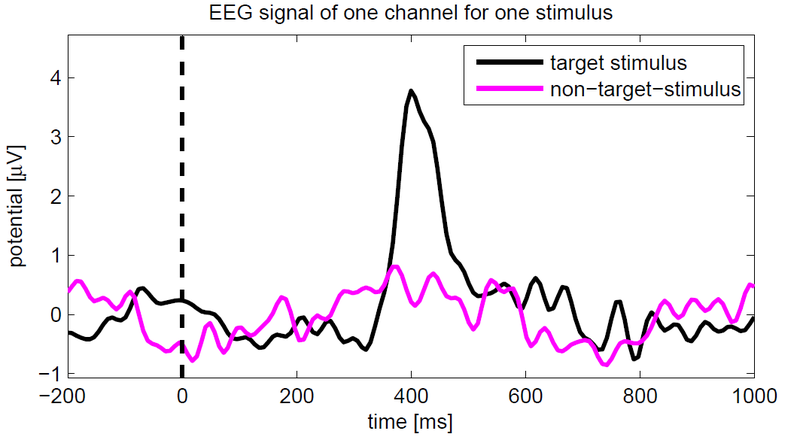The backdoor for the brain has already been created!

For the first time, security specialists from three countries managed to extract important information from the human brain. Moreover, data on bank accounts, date of birth and location of study participants were obtained in a relatively simple way.
Developers reported about their “discovery” at the USINEX 2012 conference . The engineers created an unusual program that processed data from a simple electroencephalograph . The latter worked as a back door or as a backdoor , as computer security experts call it.
During the study, Ivan Martinovic, Doug Davies, Mario Frank, Daniele Perito, Tomas Ros and Don Song asked 28 volunteers to wear on their heads Emotiv interface. The device costs about $ 200-300, is very popular and was used, for example, by German developers for mental control of a car (this will be the next time).

The Emotiv interface reads the electroencephalogram of the human brain, and a special program that comes with the device allows you to determine the intentions of the "test subject."
The participants in the experiment did not know that scientists were trying to “hack” their thoughts and find out any personal information about them. Volunteers simply sat in front of the monitor and looked at various pictures: cards, photos of friends and strangers, bank images, PIN codes of bank cards, and so on.
Having processed the flow of brain waves, the program, reworked to the needs of researchers, showed what pictures and illustrations caused a surge of brain activity in volunteers. That is, the Emotiv interface together with the necessary software, in fact, revealed sensitive information for each person, data that he would not like to tell everyone in a row.

More about graphics
The human brain responds to familiar images (black line) with a surge of activity. The high peak stands out against the background of a normal encephalogram, when unfamiliar objects are shown to a person (purple line).

More about graphics
The graphs show the results obtained by the program for three different data classification methods. The dashed line shows the result obtained by random guessing.
“We showed that identifying personal information in this case was, on average, 10–40% easier than random guessing,” experts write in this PDF document.
The brain-computer interface (or neurocomputer interface ) is used by many modern developers, notes Martinovic and his colleagues. Moreover, the further, the more common people will use wireless keyboards, applications that allow controlling certain actions of equipment using thoughts, as well as programs allowing playing video games without joysticks and other input devices manually.
In addition, over time, people will probably implant multiple brain implants, which, for example, can nourish the simplest electronics, and help people with disabilities to live a full life. All these technical innovations are becoming a potential target for intruders.
“You can get an unsuspecting user, for example, into a game in which he, unwittingly and unaware, will answer burglars' questions. Given that the quality of devices that read brain activity increases, and the price falls, the proportion of successful hacks will only increase with time.
PDF - report from the conference
')
Source: https://habr.com/ru/post/150293/
All Articles